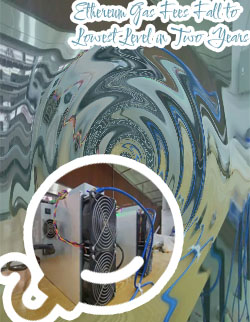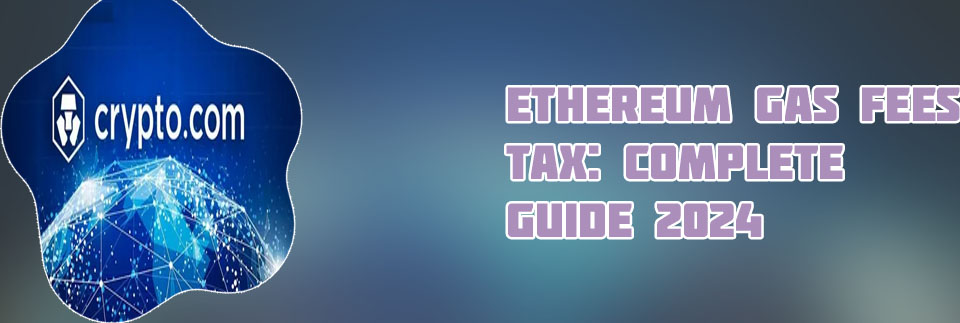Gas fees are a hot topic in the world of cryptocurrency, particularly when it comes to gas crypto. Many investors and traders are looking for ways to minimize gas fees and optimize their overall trading experience. To help you navigate this complex issue, we have compiled a list of three articles that offer valuable insights and tips on how to address gas fees in the world of crypto.
Maximizing Your Crypto Trading Profits by Minimizing Gas Fees

As cryptocurrency trading continues to gain popularity around the world, traders are constantly looking for ways to increase their profits. One effective strategy is to minimize gas fees, which are the transaction fees associated with trading on the blockchain. By reducing these fees, traders can maximize their profits and make the most of their trading activities.
One way to minimize gas fees is by using a decentralized exchange (DEX) instead of a centralized exchange. DEXs typically have lower fees since they operate on a peer-to-peer network, eliminating the need for intermediaries. Additionally, traders can save on gas fees by batching their transactions, combining multiple trades into a single transaction to reduce overall costs.
Another effective method to minimize gas fees is by trading during off-peak hours when network congestion is lower. By avoiding times of high demand, traders can take advantage of lower fees and faster transaction times. Additionally, using layer 2 solutions like the Lightning Network can help reduce fees by processing transactions off-chain before settling on the main blockchain.
Overall, minimizing gas fees is essential for maximizing profits in crypto trading. By utilizing strategies such as using DEXs, batching transactions, trading during off-peak hours, and leveraging layer 2 solutions, traders can optimize their trading activities and increase their returns in the highly competitive cryptocurrency market
How to Use Gas Tokens to Save on Ethereum Transaction Fees
I recently had the chance to speak with an expert in the field of cryptocurrency transactions about the innovative concept of gas tokens. Gas tokens are becoming increasingly popular among Ethereum users as a way to save on transaction fees.
According to the expert, gas tokens work by allowing users to buy gas at a cheaper price during times of low network activity and store it for future use when gas prices are higher. This can lead to significant cost savings for frequent Ethereum users who are looking to minimize transaction fees.
Gas tokens have the potential to revolutionize the way people interact with the Ethereum network, making it more efficient and cost-effective. By taking advantage of gas tokens, users can maximize their savings and optimize their use of the Ethereum blockchain.
In conclusion, gas tokens are a game-changer for Ethereum users looking to save on transaction fees. By utilizing this innovative concept, users can reduce their transaction costs and make the most of their interactions on the Ethereum network. This article is important for those looking to optimize their use of gas tokens and save money on Ethereum transaction fees.
Strategies for Optimizing Gas Fees in DeFi Transactions
As decentralized finance (DeFi) continues to gain popularity, users are faced with the challenge of navigating high gas fees on the Ethereum network. Gas fees are essentially transaction fees paid to miners to validate and process transactions on the blockchain. These fees can fluctuate based on network congestion, demand, and the complexity of the transaction.
To optimize gas fees in DeFi transactions, users can employ several strategies. One approach is to monitor gas prices in real-time and choose the optimal time to make transactions when fees are lower. Additionally, users can use aggregators and protocols that offer gas optimization services to find the most cost-effective ways to interact with DeFi platforms.
Another key strategy is to leverage layer 2 scaling solutions, such as Optimistic Rollups or zk-rollups, that enable faster and cheaper transactions by processing them off-chain and settling them on the main Ethereum network. By utilizing these scaling solutions, users can significantly reduce their gas fees while maintaining the security and decentralization of the Ethereum network.
In conclusion, optimizing gas fees in DeFi transactions is crucial for users looking to minimize costs and improve their overall experience. By staying informed, utilizing gas optimization services, and leveraging layer 2 scaling solutions, users can navigate the complexities of DeFi transactions more efficiently.
